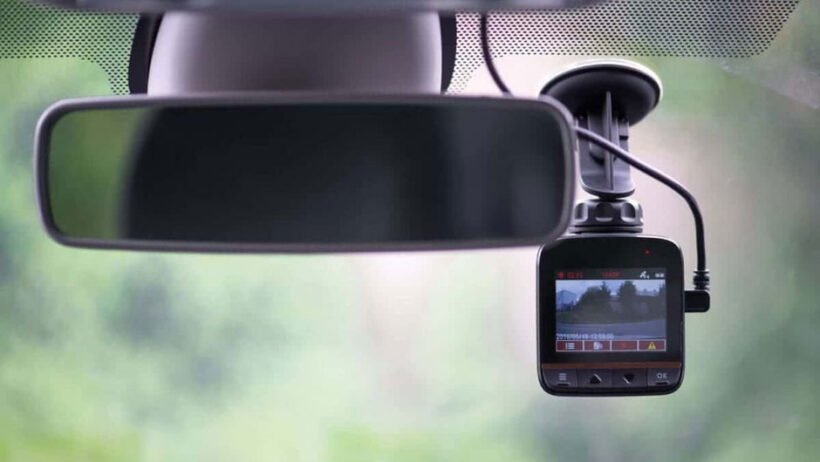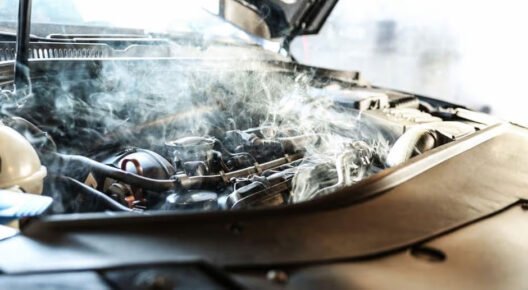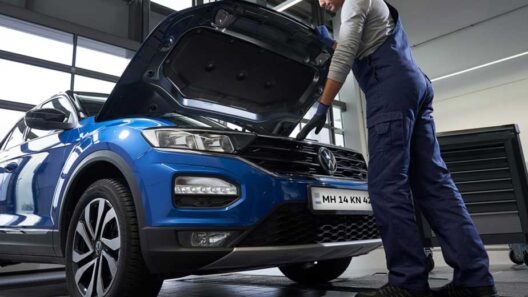According to a report from the Insurance Institute for Highway Safety (IIHS), dashcam usage in the United States has grown by nearly 30% over the past five years. Many drivers now rely on dashcams, believing they will always protect them in a legal dispute. However, while these devices can provide valuable evidence, they sometimes do more harm than good in accident cases. Let’s break down the risks and benefits and see why professional legal guidance is so important.
How Attorneys Use Dashcam Footage in Accident Cases
When dashcam footage is introduced, a car accident attorney plays a key role in interpreting and presenting it properly. Many people in court believe that a video tells the whole story, but context matters. Dashcams can show only part of an incident, often missing details such as traffic signals or other drivers’ actions. An attorney can highlight what the video proves—and what it does not. Without this professional guidance, drivers in accident cases may find the footage works against them.
Partial Narratives from Limited Angles
One of the biggest risks with dashcams is that they only capture what is in front of the lens. This partial view can mislead a judge or jury. For example, a video might show one driver braking suddenly but fail to record a distracted pedestrian who caused the reaction. In such cases, the footage appears damaging when it actually isn’t the full story. This is where skilled representation ensures the narrative is complete, protecting drivers from unfair blame.
Contradictions Between Footage and Statements
Dashcam videos can sometimes contradict the driver’s own account, even if unintentionally. A driver may recall slowing down, but the footage might show otherwise. Small discrepancies create doubt in the eyes of insurance adjusters and courts. When such contradictions occur, they often hurt more than they help. This is another reason why working with a car accident attorney is vital they know how to handle these situations, explain differences, and protect clients from unnecessary liability.
Influence on Insurance Negotiations
Insurance companies, in many cases, use dashcam footage to reduce payouts rather than increase them. For instance, insurers may review the footage closely to argue that a driver contributed to the accident. Even slight mistakes, like rolling through a stop sign, can be used against the claimant. Without proper legal representation, drivers risk losing fair compensation. What may seem like strong evidence often becomes a tool for insurance companies to minimize settlements.
False Sense of Security for Drivers
Many drivers assume that simply having a dashcam guarantees protection in every case. This false sense of security leads some to neglect other forms of documentation, such as witness statements or photographs of the scene. In reality, relying too heavily on dashcams can backfire if the video does not capture crucial evidence. A balanced approach that includes multiple sources of proof ensures stronger accident claims and more reliable protection in legal disputes.
Why Legal Guidance Matters More Than Technology
While dashcams provide evidence, they cannot explain intent, context, or the broader circumstances of an accident. This is where legal guidance becomes more important than technology. An experienced attorney knows how to interpret the footage, combine it with other evidence, and present a stronger case. In legal matters, relying solely on a camera often leaves gaps that professionals can fill. Ultimately, it’s not just the video but the legal strategy that determines fair outcomes.
Dashcams are useful, but they are not perfect. They can capture valuable details, yet they can also create partial narratives, contradict driver statements, and give insurance companies leverage. This is why guidance from an experienced attorney becomes crucial. Drivers should treat dashcam footage as just one piece of evidence, not the entire case. With the right legal support, what seems like a weakness can still become a tool for justice and fair compensation.








